These are the main teaching and learning points in this topic. KS2 – National Curriculum links : Science, Design & Technology, History
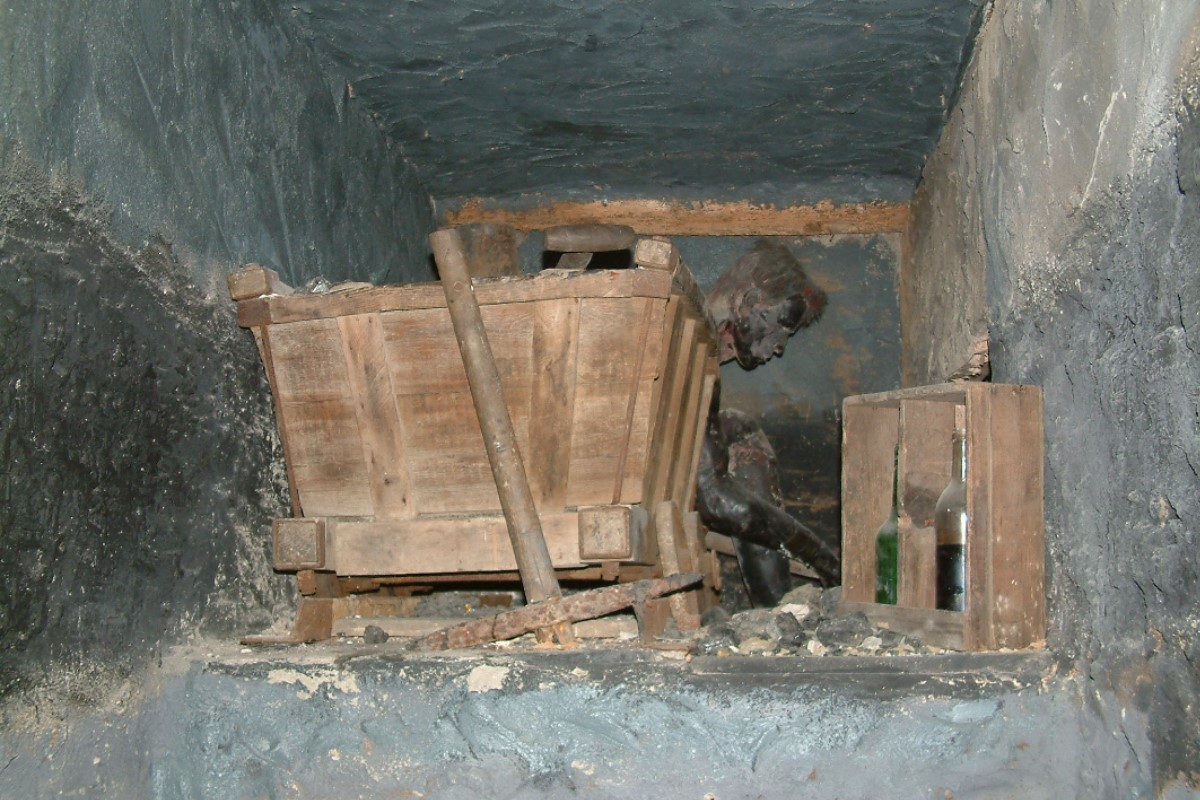
Raw Materials
The raw materials from which we make things come from plants, animals or the Earth. The Earth gives us rocks which are made of different elements. The Earth also gives us coal and oil, which come from plants that grew millions of years ago.
Coal and minerals have to be mined.
Properties of Materials
Materials have different properties which make them useful for different jobs. Products may need materials that are for example hard, strong, flexible, ductile, conductive, absorbent, transparent, or magnetic. Metals are most often mixed with other metals in alloys, to improve their properties. Steel is iron with 4% carbon added, to make it much stronger than pure iron.
Different properties of material are needed for different products.
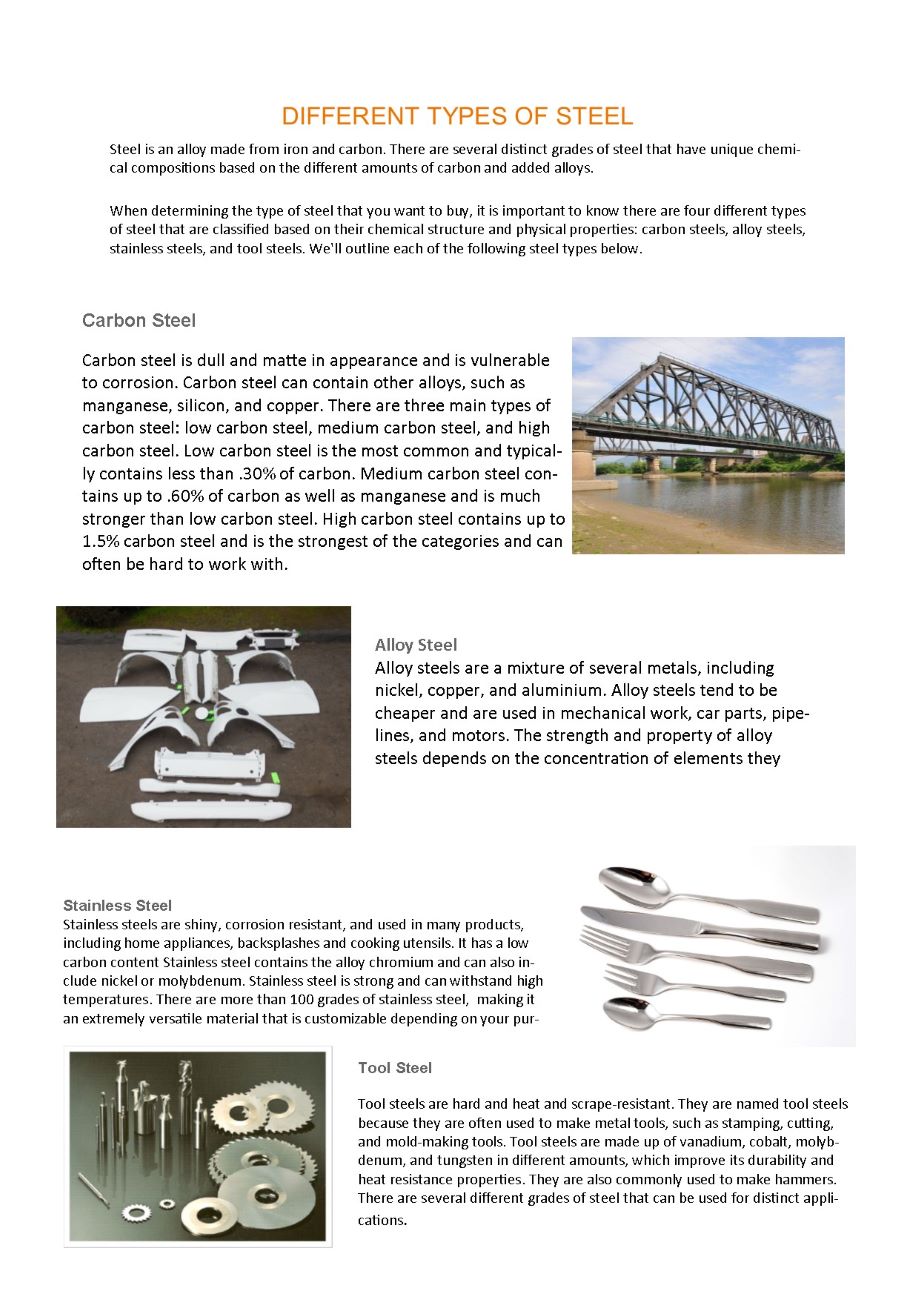
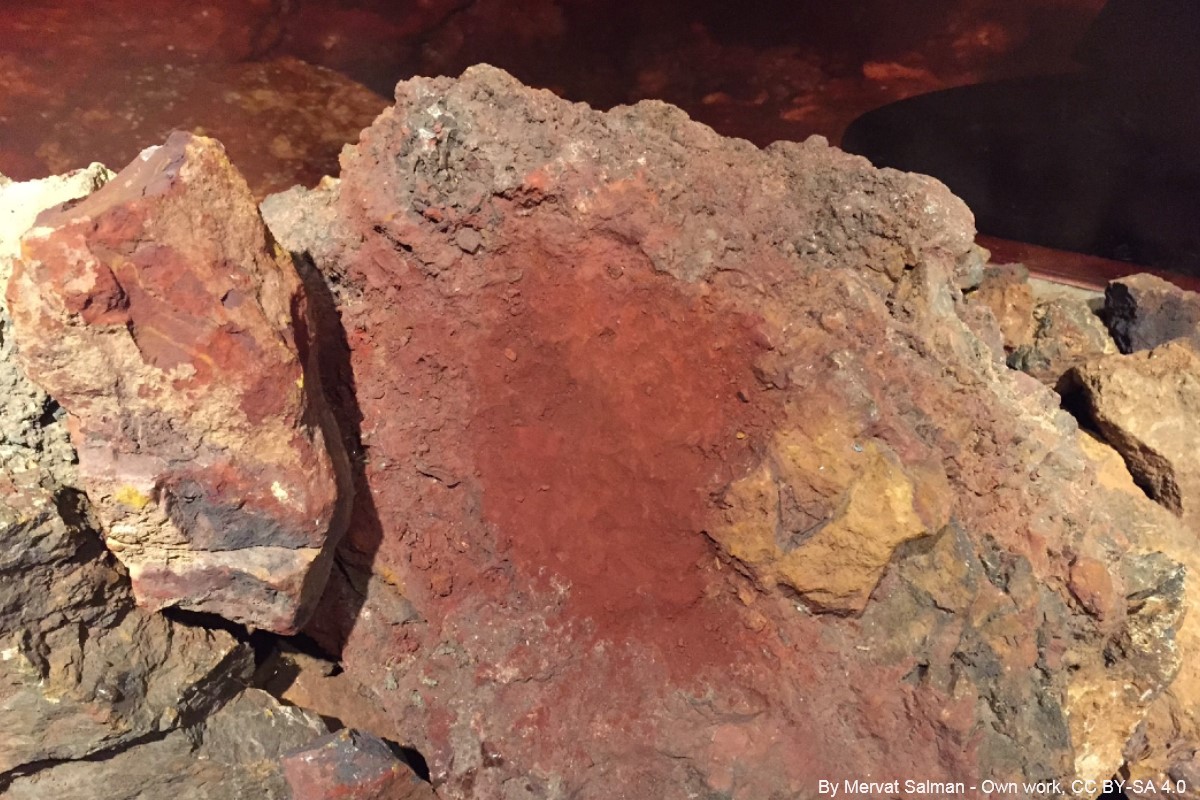
Metals
Metals can be extracted from rocks. For example, iron ores are made of different ferric oxide (iron oxide) minerals that contain iron. Copper ores are copper sulphides, chemical compounds containing copper, sulphur and other elements. To get the metal out of the ore, the ore has to be heated to a high temperature with coal or charcoal.
A piece of iron ore.
Plant and Animal Materials
The Victorians used many naturally occurring materials in their factories. Leather was used for flexible drive belts. The friction of cork made it useful for pulleys. Early machines were often made of wood until cast iron became easily available. Iron is harder than wood and does not bend as much.
Machines driven by leather belts.
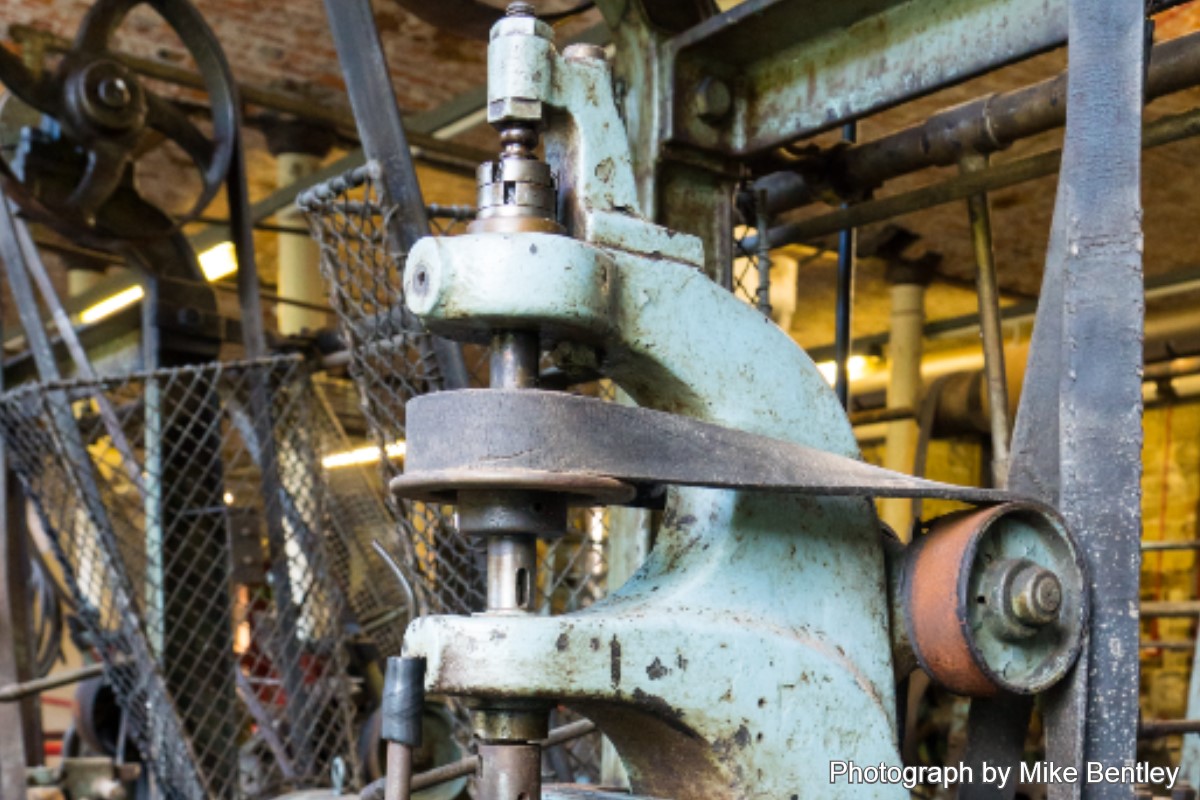

Manufactured Materials
Natural raw materials can be changed into man-made substances with new properties. For example we make paper goods from wood and plastics are made from oil. Tyres are made from rubber combined with sulphur. Glass is made from sand and pottery is made from clay.
Pottery made from clay mined in Calderdale.
States of Matter
Some materials can be changed into a different state of matter by heating, and back again by cooling. The three states of matter are solid, liquid and gas. Cast iron changes from solid to liquid at 1538 degrees celsius. It is a good metal for heating into liquid form and pouring into moulds, to cast it into new shapes. Metal materials like this and some plastics, can be fully recycled and reused indefinitely! Other materials are permanently changed when heated.
Steel waiting to be recycled.
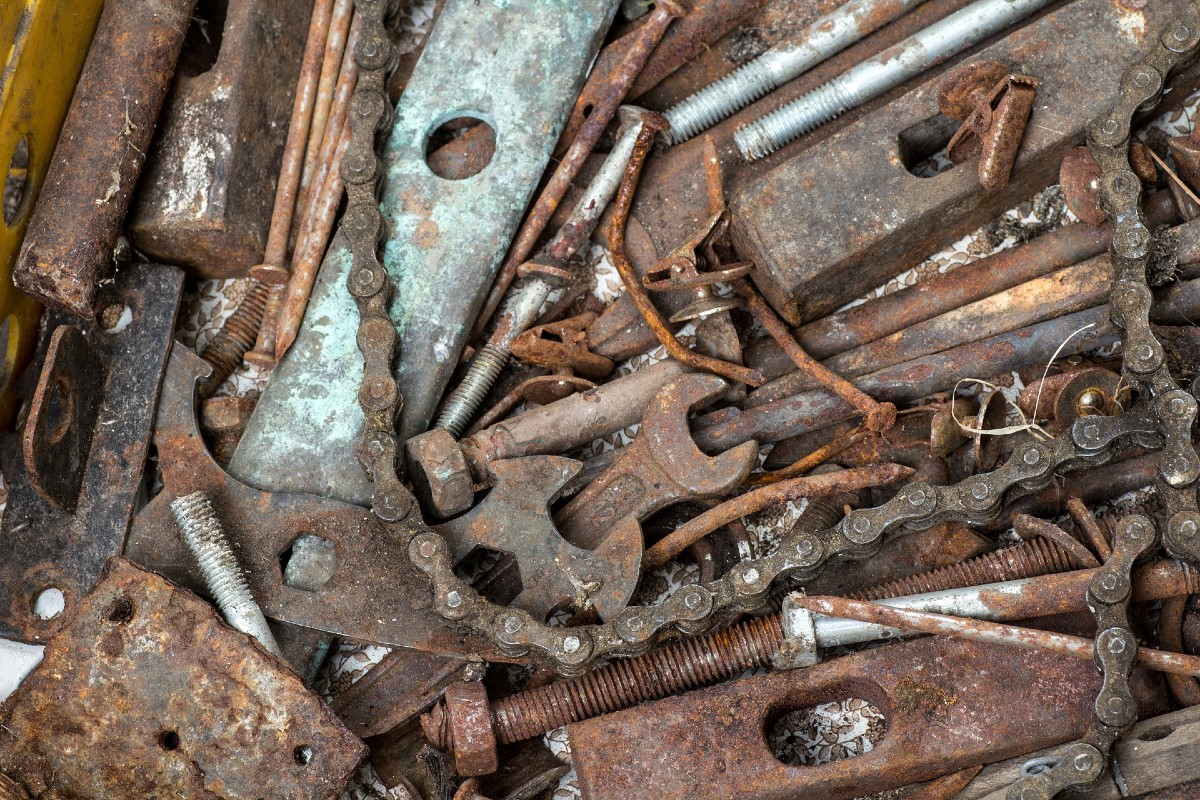
Register and login to access all the topic resources.
Privacy Policy Cookie Policy Accessibility Terms ![]() Like us on Facebook
Like us on Facebook ![]() Twitter and Instagram
Twitter and Instagram